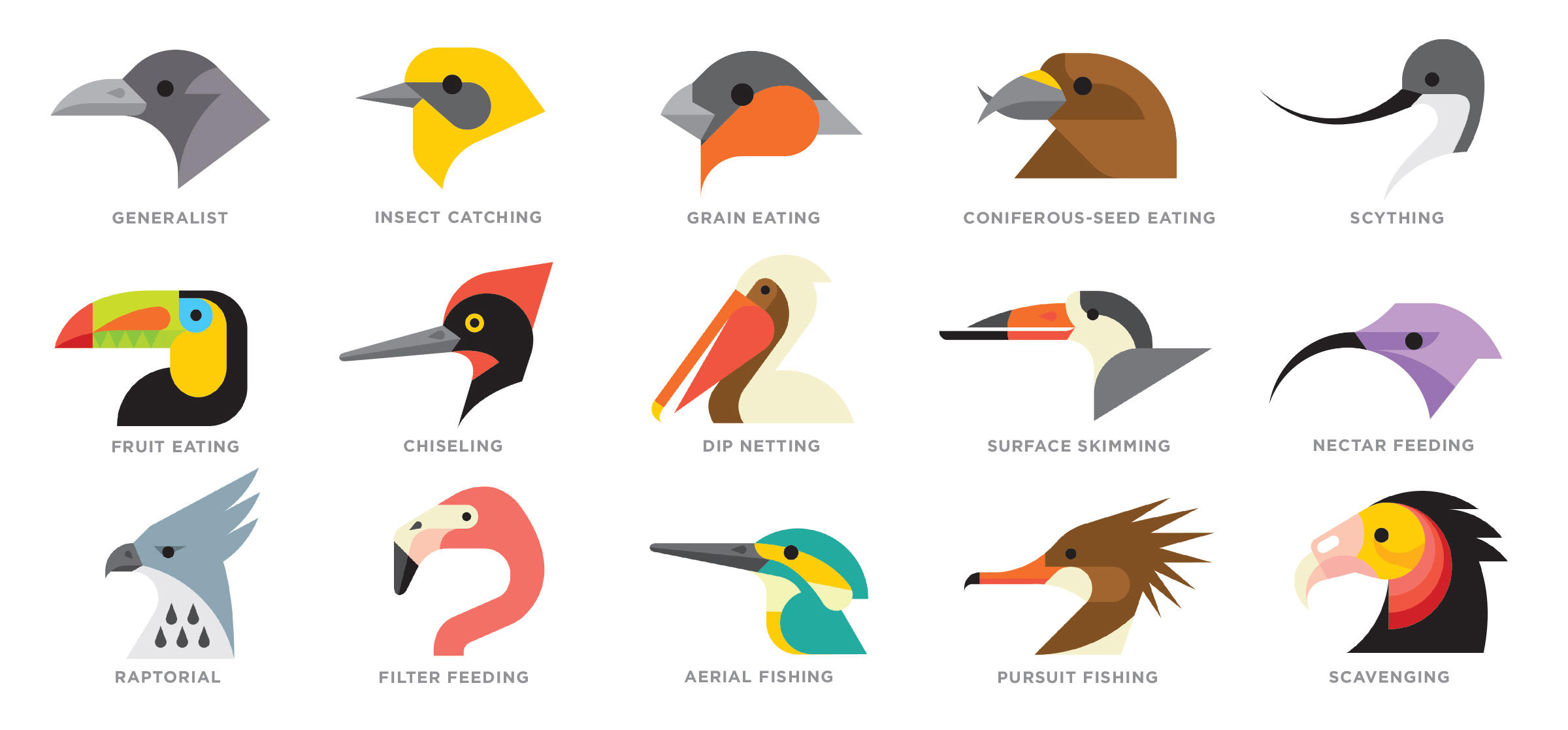In an ecosystem where there live many birds, we often see that there are too many differences in their beaks. Why is it so?
1 Answer
Feb 14, 2018
One must explore to learn about the feeding habit of such birds, because beaks are primarily adapted for their unique diet.
Explanation:
Birds have beaks of all shapes and sizes. The beak is adapted for feeding. An omnivorous bird like crow has a more generalized beak while a sun bird possesses a very slender, long beak for feeding on nectar.

A bird with broad and thick beak will be most probably a seed eater. Sparrows are a common example. Beaks of seed eating birds are often described as 'conical'. These are strong for cracking the seeds.
A larger type of such beak is more generalized, and birds with such beak can eat both seeds and insects, as seen in domestic fowl.
Broad, thick but hooked beak are seen in birds of prey such as eagles.
